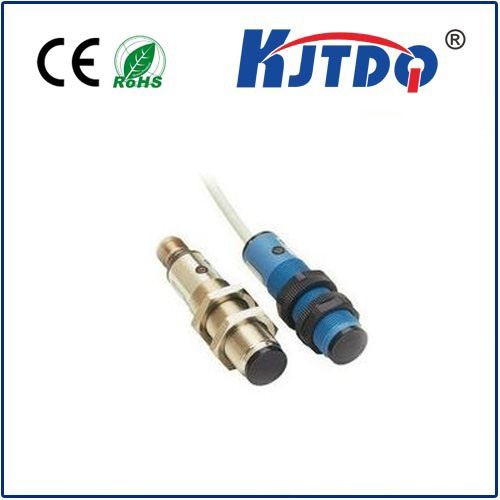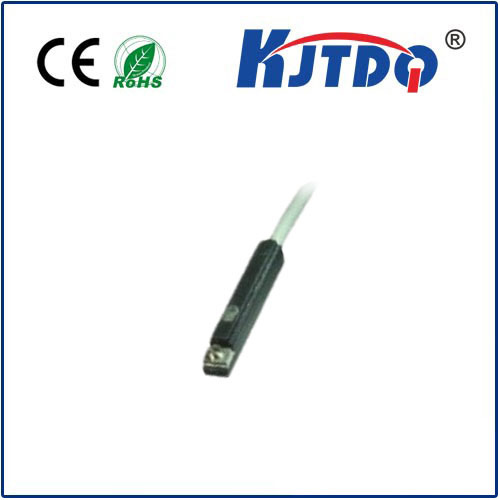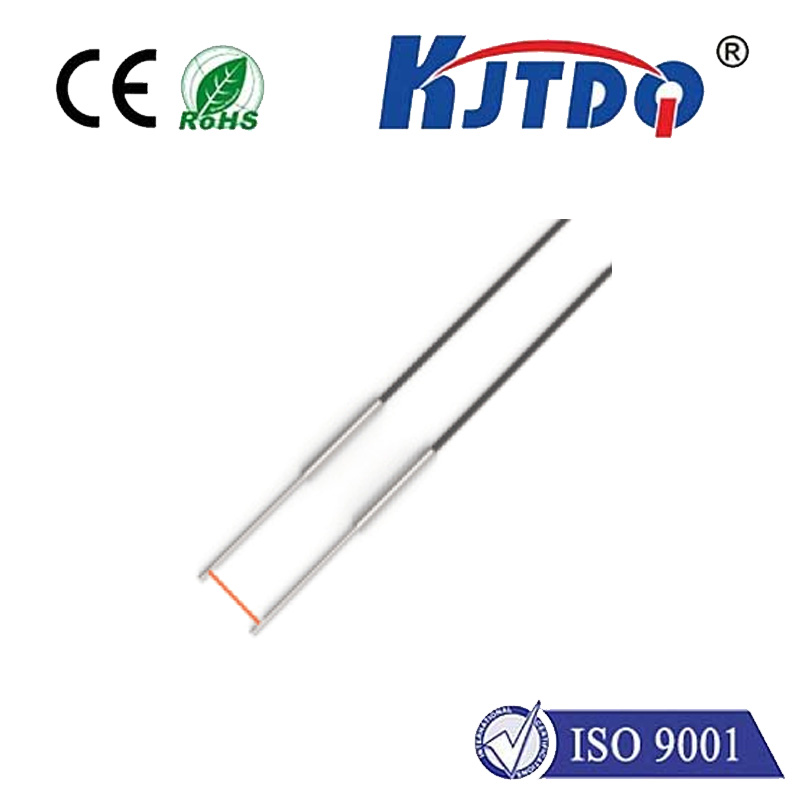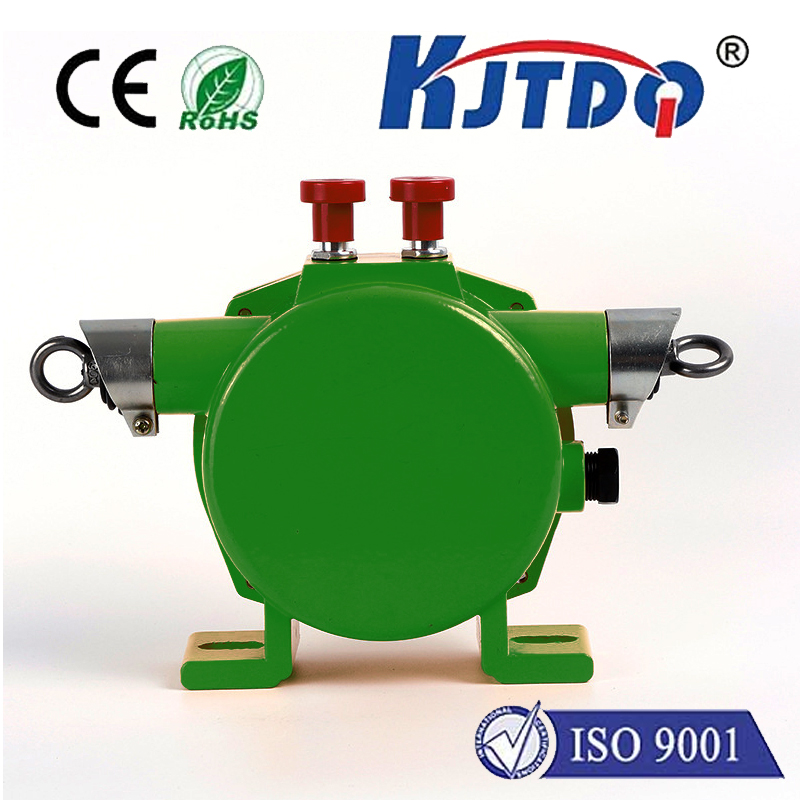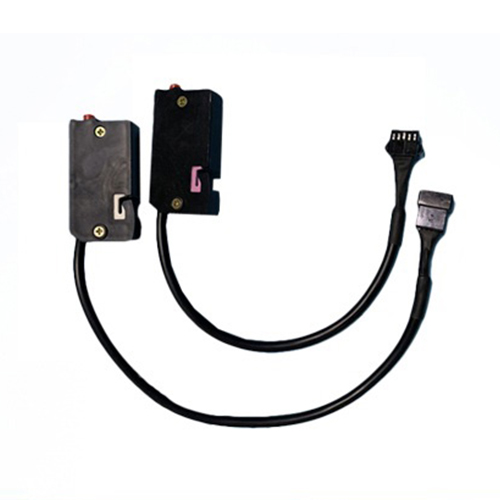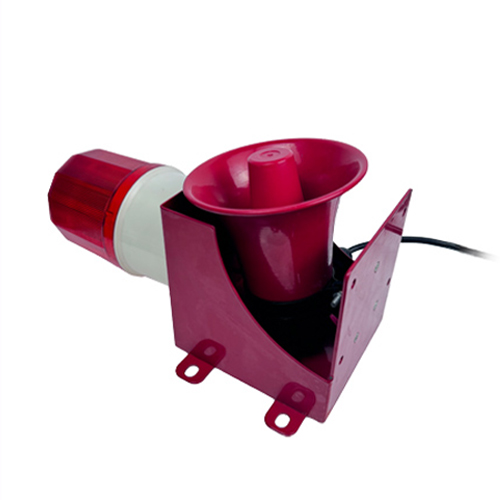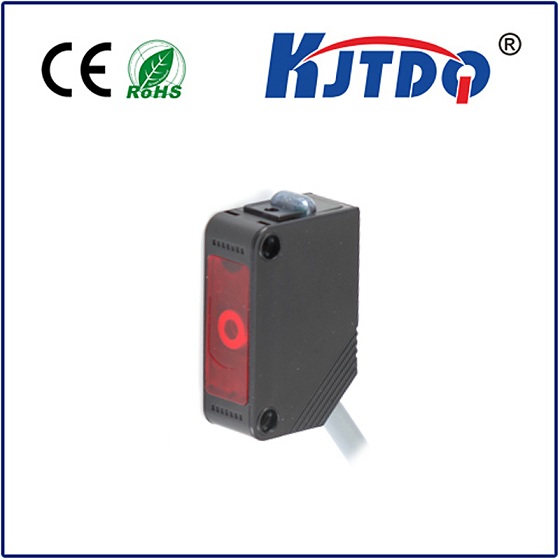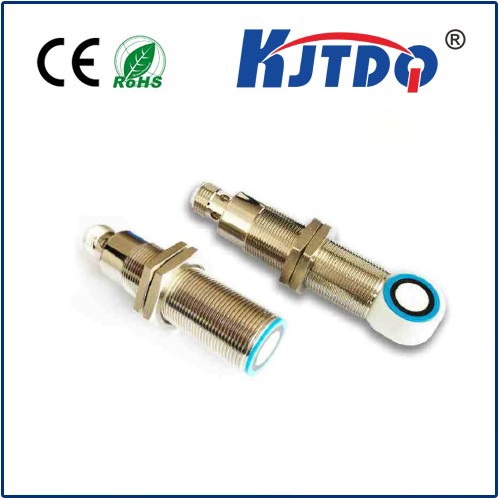E3T-SR22 2M fiber optic photoelectric sensor
- time:2025-09-27 07:35:38
- Нажмите:0
E3T-SR22 2M Fiber Optic Photoelectric Sensor: Unlocking Precision Detection in Tight Spaces
Imagine a high-speed packaging line where fractions of a millimeter dictate product quality. Picture a semiconductor cleanroom where contaminant-free detection is paramount. Envision intricate robotic arms navigating confined areas. In these demanding, space-constrained industrial environments, reliable object detection isn’t just convenient – it’s critical. This is precisely where specialized sensors like the E3T-SR22 2M Fiber Optic Photoelectric Sensor excel, offering a unique blend of precision, resilience, and adaptability. Understanding its capabilities is key to optimizing automation solutions where conventional sensors simply won’t fit or perform.
So, what is the E3T-SR22 2M? Let’s break down the name for clarity:
- E3T-SR22: This is the specific model designation within Omron’s renowned E3T miniature photoelectric sensor series. The “SR22” suffix typically identifies it as a Through-beam (Sender/Receiver separate units) type sensor with particular electrical characteristics (like NPN output) and physical dimensions.
- 2M: This indicates the length of the fiber optic cables attached to both the sender (light projecting) and receiver (light detecting) units. 2 meters provides significant flexibility for installation.
- Fiber Optic Photoelectric Sensor: This defines the core technology. Unlike self-contained sensors, it uses fiber optic cables to transmit light from a separate amplifier unit to the detection point (sender fiber) and back from the detection point to the amplifier (receiver fiber). Photoelectric means it detects objects based on the interruption or reflection of a light beam.
Why Choose Fiber Optics? The Core Advantages

The fundamental shift from conventional photoelectric sensors to a fiber optic solution like the E3T-SR22 unlocks several powerful benefits, particularly emphasized by its 2-meter reach:
- Miniaturization & Space Conquest: The actual sensing ends (the tips of the fiber optic cables) are extremely small, often just millimeters in diameter. This allows installation and detection in incredibly tight spaces, narrow gaps, or on small machinery where a standard sensor housing could never fit. The compact sensing heads are its defining superpower.
- Environment Resilience: The fiber optic cables themselves are typically rugged and resistant to many industrial hazards. Crucially, the sensitive electronics (the amplifier, separate from E3T-SR22 sensing heads) can be mounted remotely in a cleaner, cooler, and safer location, away from potential damage caused by:
- Intense Heat: Foundries, welding lines, ovens.
- Heavy Vibration/Varicance: Motors, presses, conveyors.
- Splash/Chemical Exposure: Washdown areas, chemical processing.
- Strong Electromagnetic Interference (EMI): Near large motors or welding equipment.
- Limited Space: Mounting electronics elsewhere frees up critical real estate at the detection point. Cables often boast IP67 ratings or higher for dust and water resistance.
- Detection Versatility: Fiber optic sensors excel at detecting minute objects—small parts, fine wires, thin labels—due to their tiny spot size. While the E3T-SR22 is specifically a Through-beam model (requiring separate sender and receiver heads aligned opposite each other), fiber optic systems broadly also support Diffuse-reflective (single head) and Retro-reflective modes using specialized targets.
- Electrical Isolation & Safety: Since the sensing point uses non-conductive fiber optics, the sensor head is intrinsically safe for use in potentially explosive atmospheres (when appropriately certified) and isolates the sensitive control electronics from high-voltage equipment at the detection site. This enhances overall system safety.
- The 2M Factor: Practical Flexibility: A 2-meter cable length (for both sender and receiver) provides significant practical advantages. It allows the amplifier unit to be positioned well away from harsh points while still reaching the necessary detection location. This simplifies wiring harnesses, eases maintenance access to the amplifier, and offers greater flexibility during machine design and sensor placement compared to shorter cables.
E3T-SR22 2M: Key Features and Specifications
Diving deeper into this specific model:
- Detection Method: Through-beam (Opposed Mode). This provides the highest reliability and longest sensing range for fiber optics, as it relies on direct beam interruption. Objects blocking the light path between the precisely aligned sender and receiver fibers are detected.
- Output Configuration: Typically NPN output transistor (sinking). Compatibility with common PLC inputs is essential.
- Light Source: Usually a high-brightness Красный светодиод. This offers a good balance of visibility for alignment, detection capability for most objects, and longevity.
- Fiber Optic Cables: The SR22 model often uses specific, robust fiber types suitable for industrial use. The 2-meter length is integral to its model designation and utility. Cable jackets are chosen for durability and environmental resistance.
- Response Time: Fiber sensors like the E3T-SR22 boast extremely fast response times, capable of detecting objects in high-speed applications (e.g., thousands of parts per minute on assembly lines).
- Amplifier Unit: The E3T-SR22 requires pairing with a compatible Omron E3X amplifier (sold separately). This amplifier provides power, houses the LED light source and receiver circuit, offers sensitivity adjustment, and indicates operational status (power, stability, output). Choosing the right amplifier is crucial for optimal performance.
Where the E3T-SR22 2M Shines: Real-World Applications
The unique strengths of this sensor make it ideal for numerous challenging industrial scenarios:
- Micro-Part Detection: Verifying the presence or position of tiny electronic components, watch gears, medical device parts, or miniature fasteners on feeders and assembly machines.
- Packaging Machinery: Detecting transparent films, thin labels, small pills in blister packs, or verifying the passage of products through narrow chutes. Its small size avoids interference with packaging mechanisms.
- Semiconductor & Electronics Manufacturing: Sensitive detection in cleanrooms where minimal contamination is critical, and space around delicate processes is extremely limited. Fiber optics are inherently “cleaner.”
- Robotics & Automated Assembly: Mounting miniature sensors on robot end-effectors for precise part picking verification or tooling alignment within the gripper’s confined space. The 2M cable allows the amp to be mounted on the robot arm base.
- Food & Beverage Processing: Detection in washdown environments (if cables are food-grade rated) or inside processing equipment where sensors need to withstand moisture and cleaning chemicals. Remote mounting of electronics is a major plus.
- Перевозка материалов: Monitoring small part jams in narrow conveyors, verifying the passage of objects through tight transfer points, or counting small items on high-speed lines.
**Maximizing







